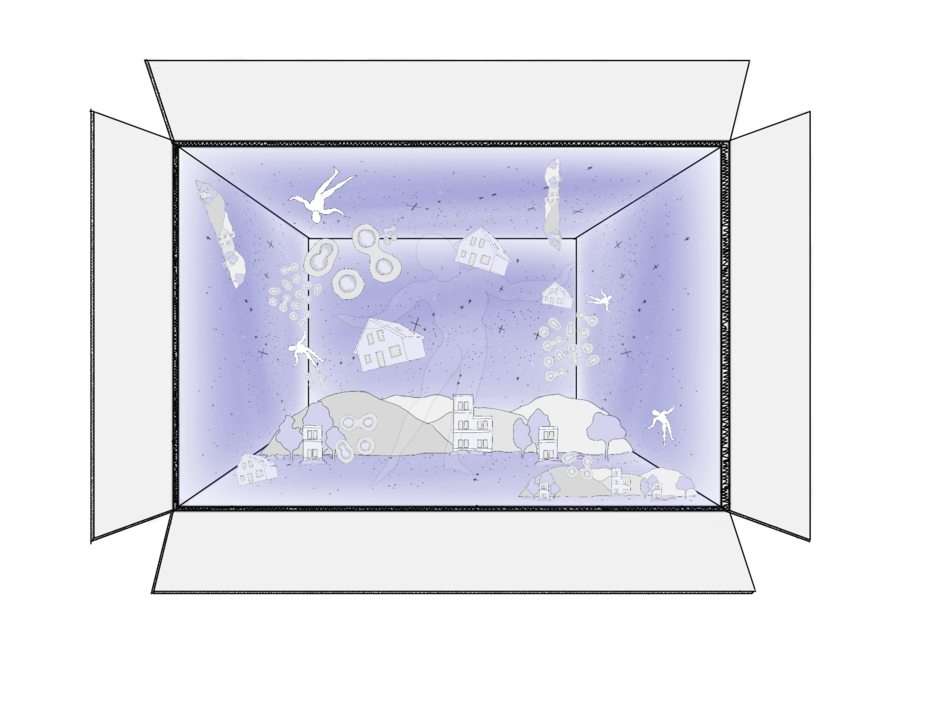This project is based on a series of different experiments centered on my current home as the site of inquiry. My approach is based on familiar daily routines but are observed through different unfamiliar scales. In this manner, the objects of analysis are familiar to me, applicable to others, fundamentally readable and so mundane that nobody pays attention to them. My experiment sets out to defamiliarize these rituals by viewing them via unfamiliar scales. Routines have the characteristic of being automatic, so people do not realize what is happening in their surroundings and we take the details of these unobserved events for granted. Similarly, within our homes, we think we know them by heart enough so that, if we walked blindfolded (or in the middle of the night) we could avoid every single obstacle and reach any place or object we would like to.
So, what happens when these assumptions are challenged? Does this mean we should inhabit or design our homes differently? Looking at routines and the space we live in is a good start to answer these questions.
Once the two main objects of analysis are chosen the following moves are made;
1 Automatic drawing can be described as expressing the subconscious.” It is implied that one should draw randomly across the paper, without any rational thinking. There is no rational control at all. For this dissertation, the automatic drawings were made while watching the videos, based on the feelings they produced.
1. A recording of the routines in the space. A register of the things we do every day but from an outsider point of view.
2. A new recording using the arch-scope. With this recording new things might come into play, a new perspective. It is with the feelings that the arch-scope arises that we go to the following step.
3. Automatic drawings1, maps, collages and creative elements to show which is the new perspective of the space. Recognizing what is different and what is not, the similarities and patterns that the arch-scope exposes. This step is completely personal, every user of the arch-scope would come up with different outcomes since the sensibility of each person varies.
4. A new model, a dome-scope, out of the images of the arch-scope. The process shows us some distortions to look at things differently. Can we reproduce those images again and find something else?
5. A mapping of the experiences. This mapping is a generality of the things discovered. Detailed zooms for each scale chosen are also made.
6. A room-scope is created to bring all the experiments and experiences in one living space used for the project.
7. A conclusion cosmology. A new way of looking at nature in the universe and in our lives.
These moves allow us to organize the whole process. Taking something familiar to unfamiliarized, to try to familiarize and defamiliarize again, to then find the hidden patterns and
hints of nature, space and our routines. The findings change from space to space since the surroundings, the space and the humans are different. The whole process will serve as
experience to make the final drawings and with them the final thoughts to open new discussions on the matter of body and space and the universes inside our homes.
